Roman Stadium
phone: +359 876 662 881 email: [email protected] link: http://oldplovdiv.bg/en/sights/8Roman Stadium
The Stadium of Philippopolis was built in the beginning of 2nd century AD during the reign Emperor Hadrian. It is situated in the Northern part of the fortified city surrounded by defence walls, in the natural terrain between Taksim Tepe and Sahat Tepe.
The facility, approximately 240 meters long and 50 meters wide, could seat up to 30 000 spectators.
According to the epigraphic and numismatic monuments games similar to the Pythian Games in Greece were held in the town. To honour the visit of the Roman emperor Caracalla in 214 the games were called Alexandrian while the games for the visit of emperor Elagabalus in 218 were called Kedrisian Games.
The games were organised by the General Assembly of the province of Thrace. In their honour the royal mint of Philippopolis coined money featuring the face of the ruling emperor as well as the types of athletic events held in the Ancient Stadium. A marble slab stone was found during the excavations of the sfendona proving that there were games celebrating the favourite man of emperor Hadrian – Antinous.
Athletes competed in two categories of age – men and boys. Agonothetes (organisers of the sport events) presided over the games. The latter started with a contest for criers and buglers. Sporting events were usually accompanied by music, poetry and art contests.
The spectators seats are tiered in 14 rows, crossed by stepped aisles down to the track. The seats are made of solid marble blocks and the front parts are decorated with stylized lion paws.
At Roman Stadium Square is exhibited the northern curved part of the Stadium (sfendona). Under the tiered rows of seats (cavea), a covered vaulted passage was found. It connected the track with a corridor dug in the terrain. The vault supported the royal seats above it. North of the corridor a section of the fortress wall built back in 2nd century AD was found. It had undergone certain readjustments in 3rd and 4th century AD. In the 4th century AD this area was crossed by an ancient aqueduct.
Like the other imperial buildings for spectacular events, the Ancient Stadium of Philippopolis had its seats of honour preserved by inscriptions in the marble blocks. Seats with Greek inscriptions were found, proving the existence of special seats for members of higher public position.
The main entrance to the Stadium is formed by masonry pillars decorated with marble pilasters and reliefs. On the pilasters there are busts of Hermes (hermai) with placed above them prize vases with palm sprays, accompanied by Hercules’ attributes – lion skin, a mace and a quiver.
There you can dive underground at the original level of the Ancient town. The space open for visitors includes a part of the track, the semi-circular part of the spectator seats (sfendona) and a panoramic wall with hypothetical reconstruction of the missing space of the facility. Some of the discovered elements of the Stadium are identified along the main street of Plovdiv.
The Roman Stadium was pronounced a national cultural value in 1995.
3D PROJECTIONS HOURS
MORNING PROJECTION: 10:00, 10:40, 11:20, 12:00
AFTERNOON PROJECTION: 13:40, 14:20, 15:00, 15:40, 16:20, 17:00
More information: http://oldplovdiv.bg/en/tickets
Since September 2021, the archeological finds of the Eastern Sector of the Ancient Stadium of Philippopolis, located in the building of the Star Gallery Shopping Center (H&M store at the Main pedestrian street), have been open for visitors. With the opening of the site, tourists have the opportunity to see all the exposed parts of the Roman Stadium - on the Roman Stadium Square, the archeology under "Excelsior" shopping center and the one under the H&M store.
Day for free visit: Every first Thursday of the month for students and retired people.
Visits are in compliance with the anti-epidemic measures.


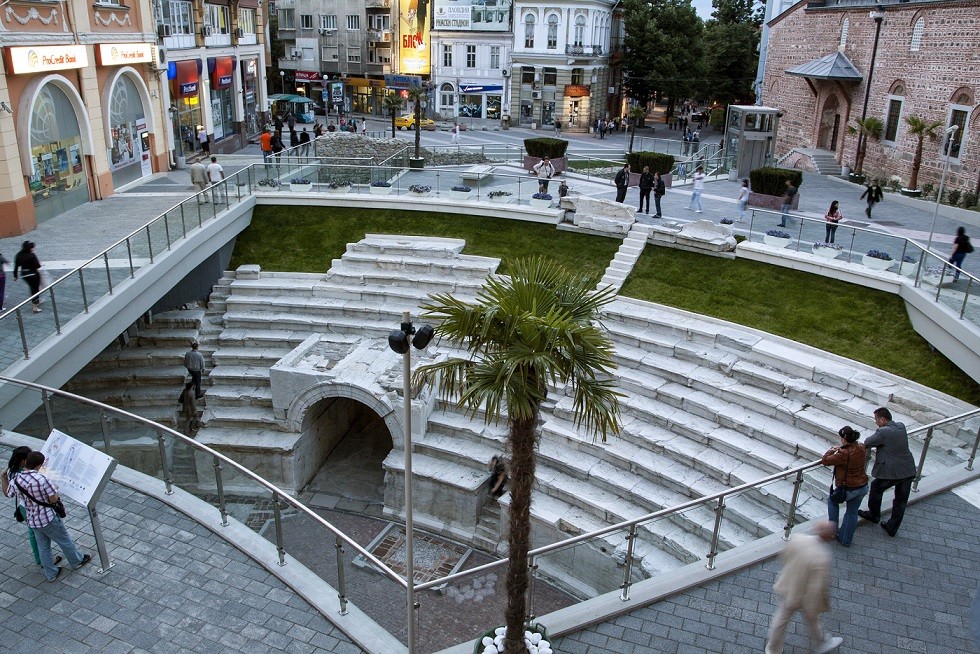
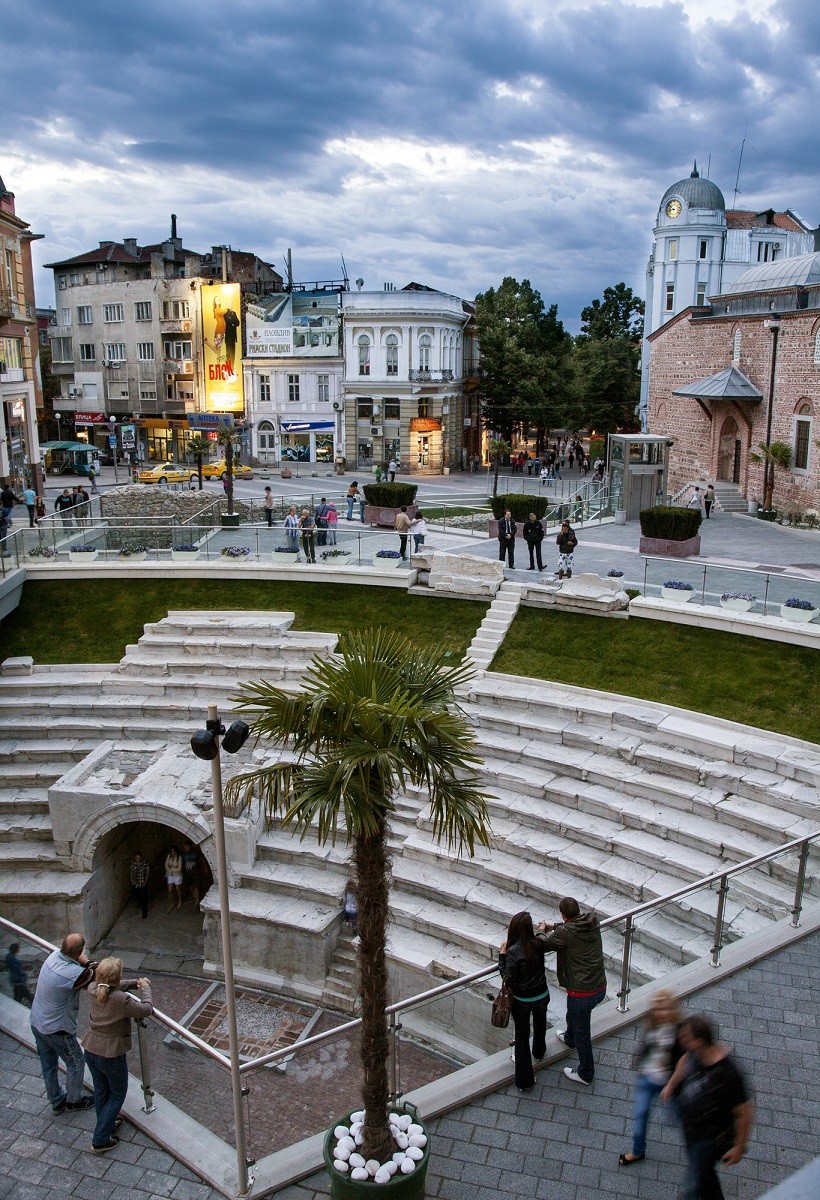
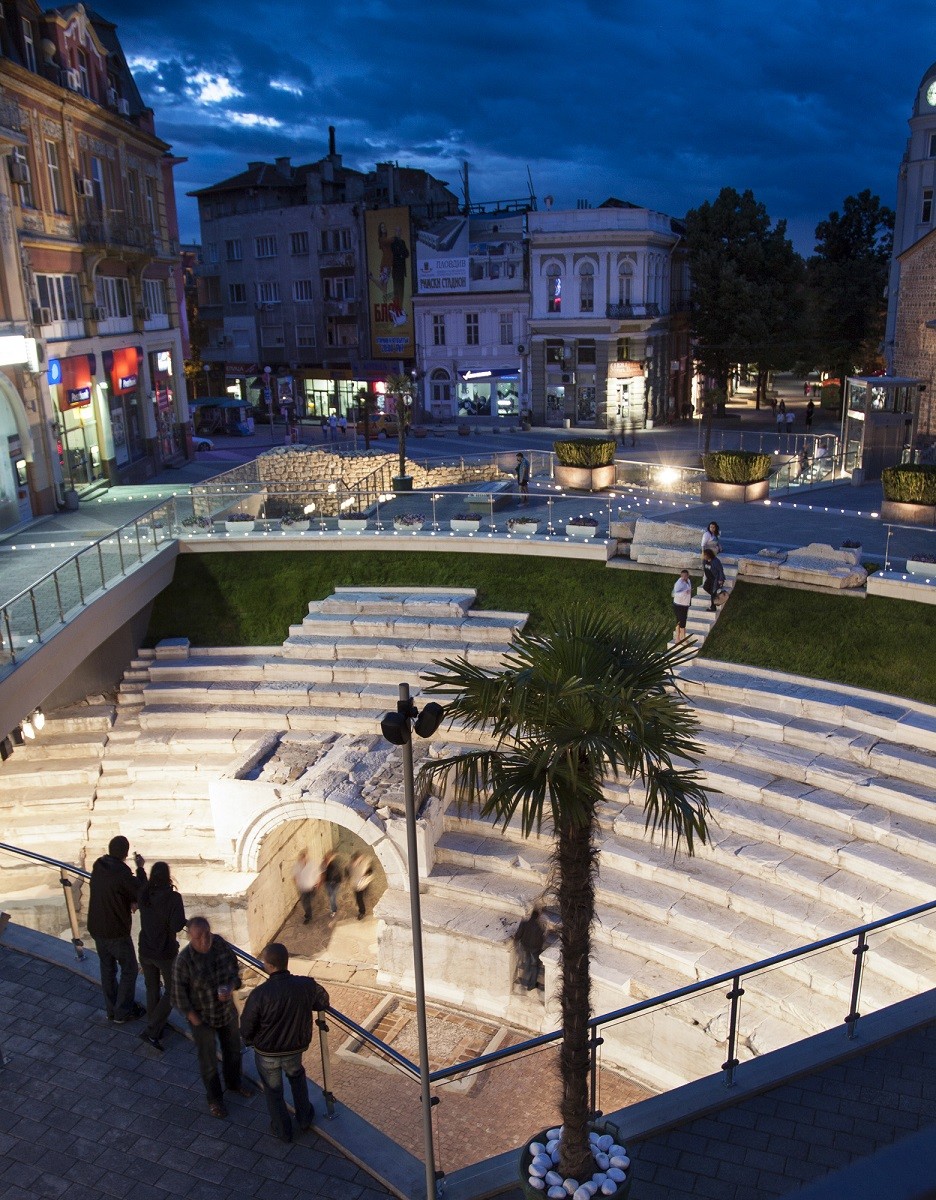
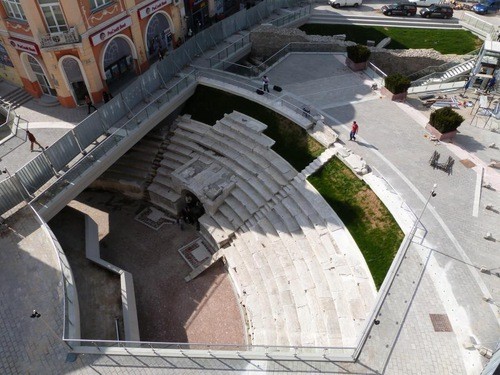




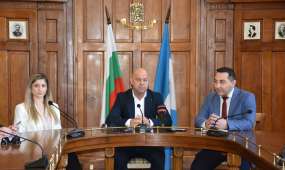




Add new comment